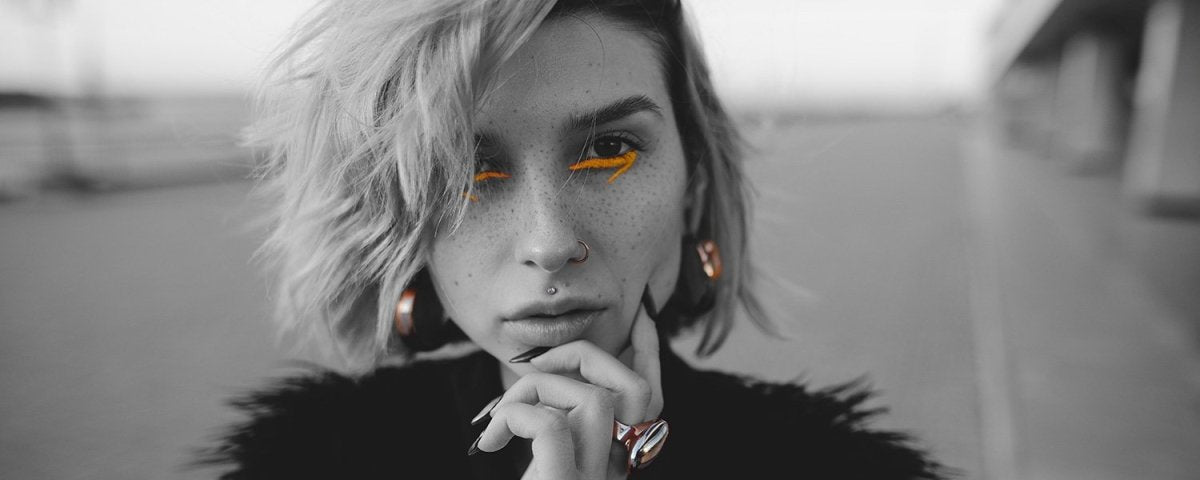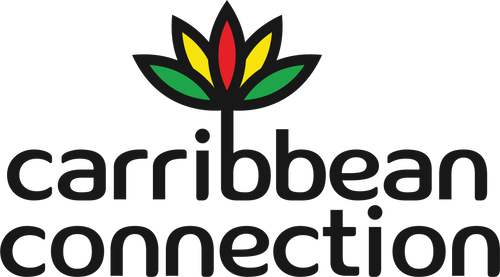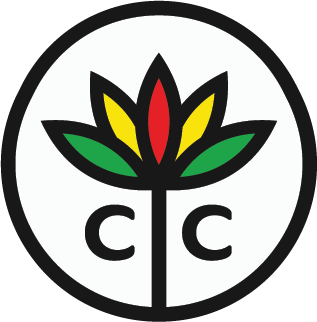Suggested Aftercare for Oral Piercings

Cleaning Care
Cleaning Solutions
Use any or all of the following solutions for inside the mouth:
-
Antimicrobial or antibacterial alcohol-free mouth rinse*
-
Plain clean water
-
Packaged sterile saline (with no additives, read the label) is a gentle choice for piercing aftercare. Saline for contact lenses should not be used as piercing aftercare. Wound wash saline is available as a spray at pharmacies throughout North America.
- Sea salt mixture: Dissolve 1/8 to 1/4 teaspoon (.75 to 1.42 grams) of non-iodized (iodine-free) sea salt into one cup (8 oz / 250 ml) of warm distilled or bottled water. A stronger mixture is not better; a saline solution that is too strong can irritate the piercing.
(If you have high blood pressure or a heart condition, please check with your doctor before using a saline product as your primary cleaning solution.)
(Consult your piercer, the APP website, or call (888) 888-APP for current suggested products.)


Cleaning Instructions for Inside the Mouth
- Rinse mouth as needed (4-5 times) daily with a cleaning solution for 30-60 seconds, after meals and at bedtime during the entire healing period. When you over clean, it may cause discoloration or irritation of your mouth and piercing.
Cleaning Instructions for the Exterior of Labret (Cheek & Lip) Piercings
- WASH your hands thoroughly prior to cleaning or touching your piercing for any reason.
- SALINE rinse as needed during healing. For certain placements it may be easier to apply using clean gauze saturated with saline solution. A brief rinse afterward will remove any residue.
- If your piercer suggests using soap, gently lather around the piercing and rinse as needed. Avoid using harsh soaps, or soaps with dyes, fragrances, or triclosan.
- RINSE thoroughly to remove all traces of the soap from the piercing. It is not necessary to rotate the jewelry through the piercing.
- DRY by gently patting with clean, disposable paper products because cloth towels can harbor bacteria and snag on jewelry, causing injury.
General Aftercare
What is Normal?
-
For the first three to five days: significant swelling, light bleeding, bruising, and/or tenderness.
-
After that: Some swelling, light secretion of a whitish yellow fluid (not pus).
-
A piercing may seem healed before the healing process is complete. This is because they heal from the outside in, and although it feels fine, the tissue remains fragile on the inside. Be patient, and keep cleaning throughout the entire healing period.
-
Even healed piercings can shrink or close in minutes after having been there for years! This varies from person to person; if you like your piercing, keep jewelry in-do not leave the hole empty.
- Allow small pieces of ice to dissolve in the mouth.
- Take an over the counter, non-steroidal anti-inflammatory such as ibuprofen or naproxen sodium according to package instructions.
- Don't speak or move your jewelry more than necessary.
- Sleep with your head elevated above your heart during the first few nights.
-
Use a new soft-bristled toothbrush and store it in a clean area away from other toothbrushes.
-
Brush your teeth and use your chosen rinse (saline or mouthwash) after every meal.
-
During healing floss daily, and gently brush your teeth, tongue and jewelry. Once healed, brush the jewelry more thoroughly to avoid plaque build up.
Hints and Tips
Jewelry
-
Once the swelling has subsided, it is vital to replace the original, longer jewelry with a shorter post to avoid intra-oral damage. Consult your piercer for their downsize policy.
-
Because this necessary jewelry change often occurs during healing, it should be done by a qualified piercer.
-
Contact your piercer for a non-metallic jewelry alternative if your metal jewelry must be temporarily removes (such as for a medical procedure).
-
Should you decide you no longer want the piercing, simply remove the jewelry (or have a professional piercer remove it) and continue cleaning the piercing until the hole closes. In most cases only a small mark will remain.
-
In the even an infection is suspected, quality jewelry or an inert alternative should be left in place to allow for drainage or the infection. Should the jewelry be removed, the surface cells can close up sealing the infection inside the piercing channel, resulting in an abscess. Until an infection is cleared up, the the jewelry in!
Eating
-
Slowly eat small bites of food.
-
Avoid eating spicy, salty, acidic, or hot temperature foods or beverages for a few days.
-
Cold foods and beverages are soothing and help reduce swelling.
-
Foods like mashed potatoes and oatmeal are hard to eat because they stick to your mouth and jewelry.
-
For tongue piercing, try to keep your tongue level in your mouth as you eat because the jewelry can get between your teeth when your tongue turns.
-
For labret (cheek and lip) piercings: be cautious about opening your mouth too wide as this can result in the jewelry catching on your teeth.
-
Each body is unique and healing times vary considerably. If you have any questions, please contact your piercer.
-
Do not play with your jewelry. Long term effects include permanent damage to teeth, gums, and other oral structures. See the APP's Brochure: Oral Piercing Risks and Safety Measures for more information.
-
Avoid undue trauma; excessive talking or playing with the jewelry during healing can cause the formation of unsightly and uncomfortable scar tissue, migration, and other complications.
-
Avoid using mouthwash containing alcohol. It can irritate the piercing and delay healing.
-
Avoid oral sexual contact including French (wet) kissing or oral sex during healing (even with a long-term partner).
-
Avoid chewing gum, tobacco, fingernails, pencils, sunglasses, etc.
-
Avoid sharing plates, cups, and eating utensils.
-
Avoid smoking! It increases risks and lengthens healing time.
-
Avoid stress and all recreational drug use.
-
Avoid aspirin, alcohol, and large amounts of caffeine as long as you are experiencing bleeding or swelling.
-
Avoid submerging healing piercings in bodies of water such as lakes, pools, etc.
Each body is unique and healing times vary considerably. If you have any questions, please contact us.
---
Content compiled by:
*Disclaimer: These guidelines are based on a combination of vast professional experience, common sense, research, and extensive clinical practice. This is not to be considered a substitute for medical advice from a doctor. If you suspect an infection, seek medical attention. Be aware that many doctors have not received specific training regarding piercing. Your local piercer may be able to refer you to a piercing-friendly medical professional. For more information, see the APP Brochure.
This information from the APP brochure is licensed under the Creative Commons Attribution-Noncommercial-No Derivative Works License. To view a copy of this license, visit http://creativecommons.org/licenses/by-nc-nd/3.0/.
 is here! Shop now, pay later in 4 easy installments
is here! Shop now, pay later in 4 easy installments



